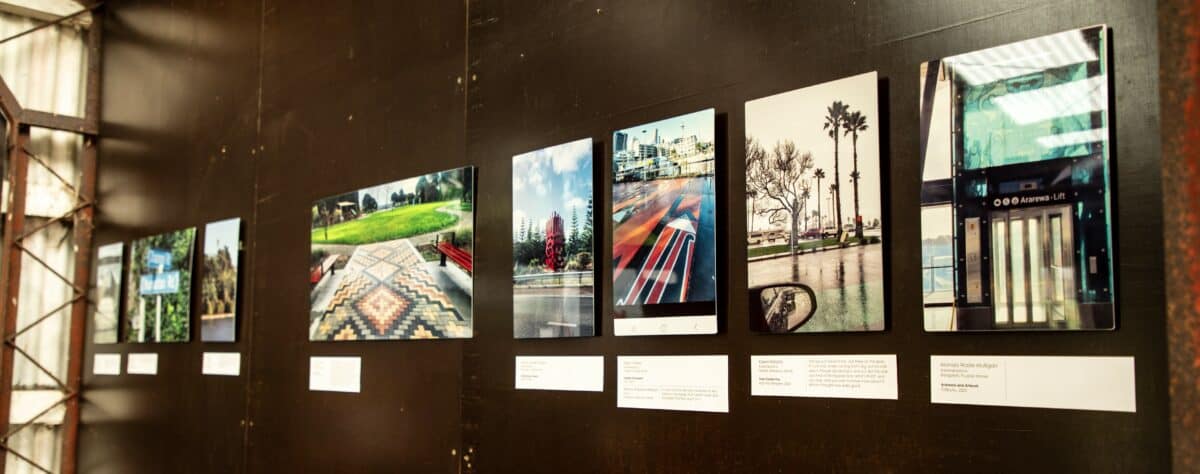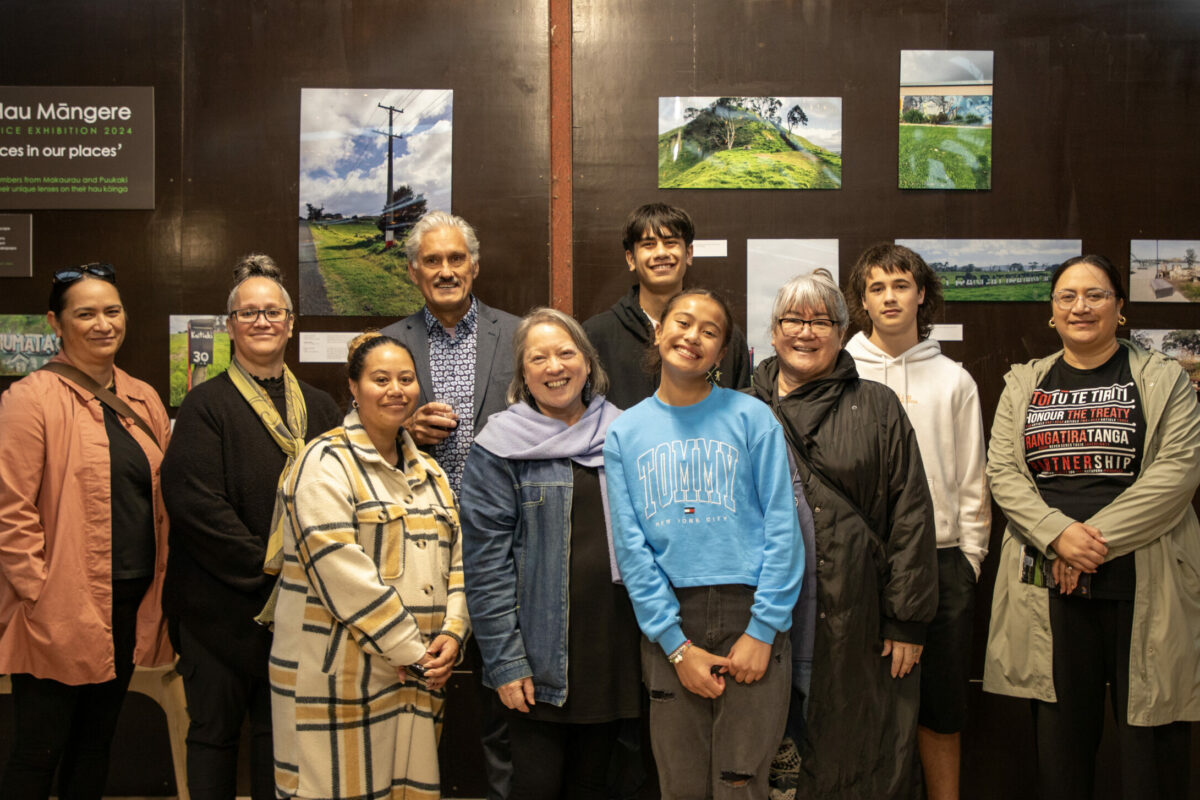PhotoVoice exhibition captures unique perspectives
25 June 2024
An exhibition of photographs portraying how mana whenua see themselves in the urban environment has given an intimate insight into the power of cultural landscapes.
This exhibition has come about as part of the Healthier Lives and Ageing Well-funded ACTIVATION project, a mutifaceted programme investigating the impact of transport and community infrastructure on people’s health and wellbeing. The extent to which infrastructure reflects cultural identity influences how people relate to and use those spaces.
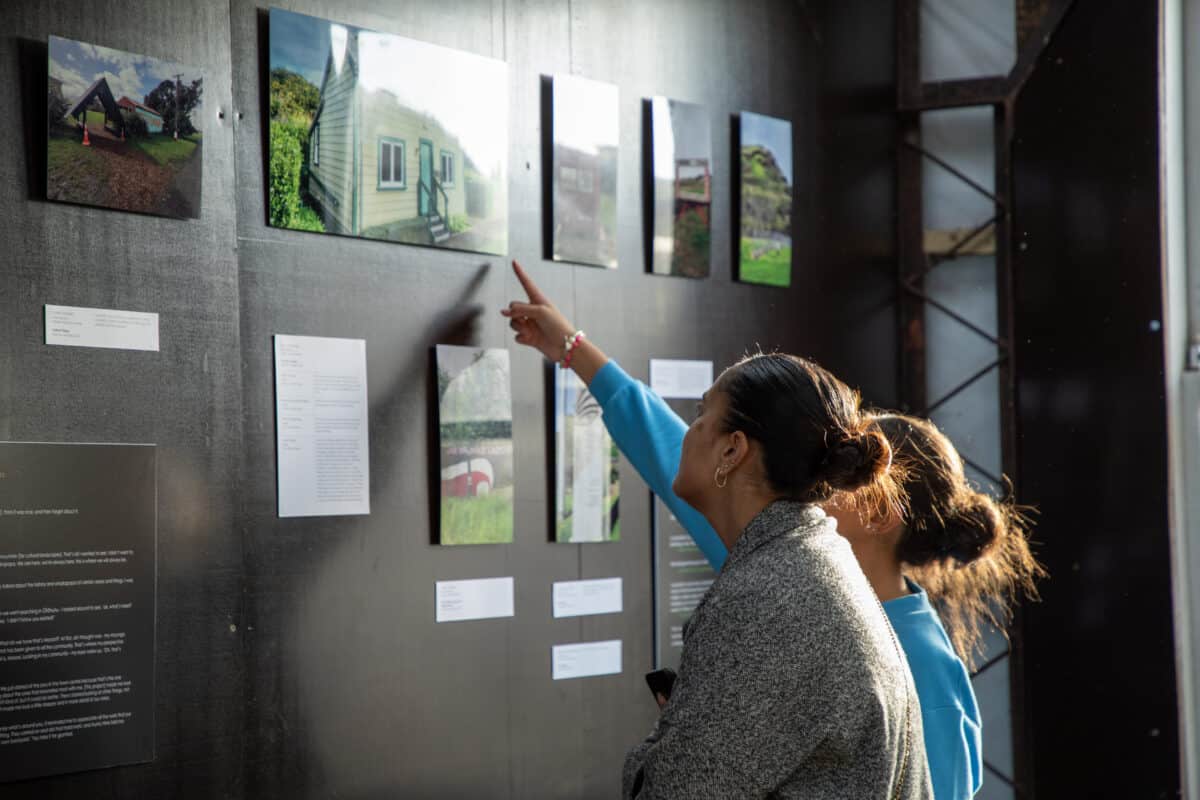
ACTIVATION kaupapa Māori researchers Kimiora Raerino (Massey University) and Rau Hoskins (design TRIBE architects) are passionate about equitable streetscapes, and the importance of “seeing our faces in our places” to acknowledge and uphold the wellbeing of communities. In this project they explored how cultural identity is observed in the urban environment by mana whenua living in Ngā Hau Māngere, South Auckland.
Study participants were recruited from iwi at Makaurau and Puukaki marae, and included intergenerational family members. Participants were tasked with capturing photos of cultural features in their urban environment, both in Ngā Hau Māngere and further afield, which reflected how they see themselves and their identity in the community.
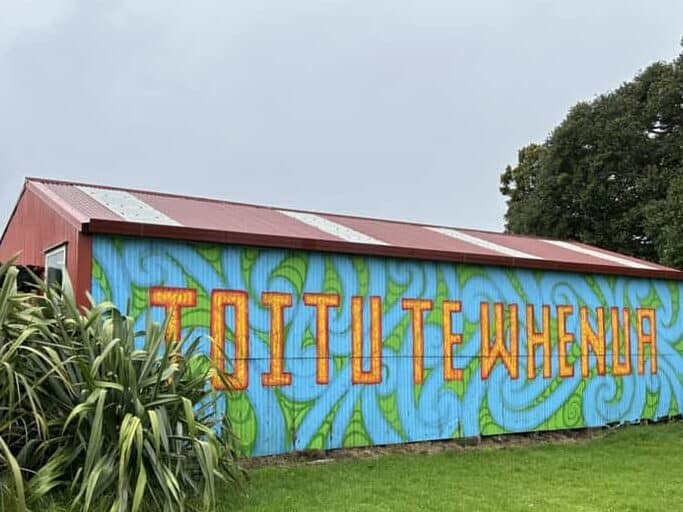
Over 200 photos were taken and much kōrero was shared about the significance of these images through follow-up interviews with each participant. To celebrate these unique perspectives and the insightful narratives, a PhotoVoice* exhibition displaying 40 of these photographs was held for participants and their whānau on 30 May at Kaitiaki Village, Ihumaatao, hosted by Te Ahiwaru Trust.
In addition to the beautiful exhibition displays and evocative text, this project has led to new understandings. When asking participants how the photos they had taken made them feel, or what they represented, researchers heard about the memories and history associated with these images, and how these features help anchor tangata whenua to their cultural identity, especially the use of signage in te reo Māori. Some described the struggles and protests that places or features represented. For others, images were about connection, showing how positive and successful relationships with local government had enabled the codesign of a particular feature.
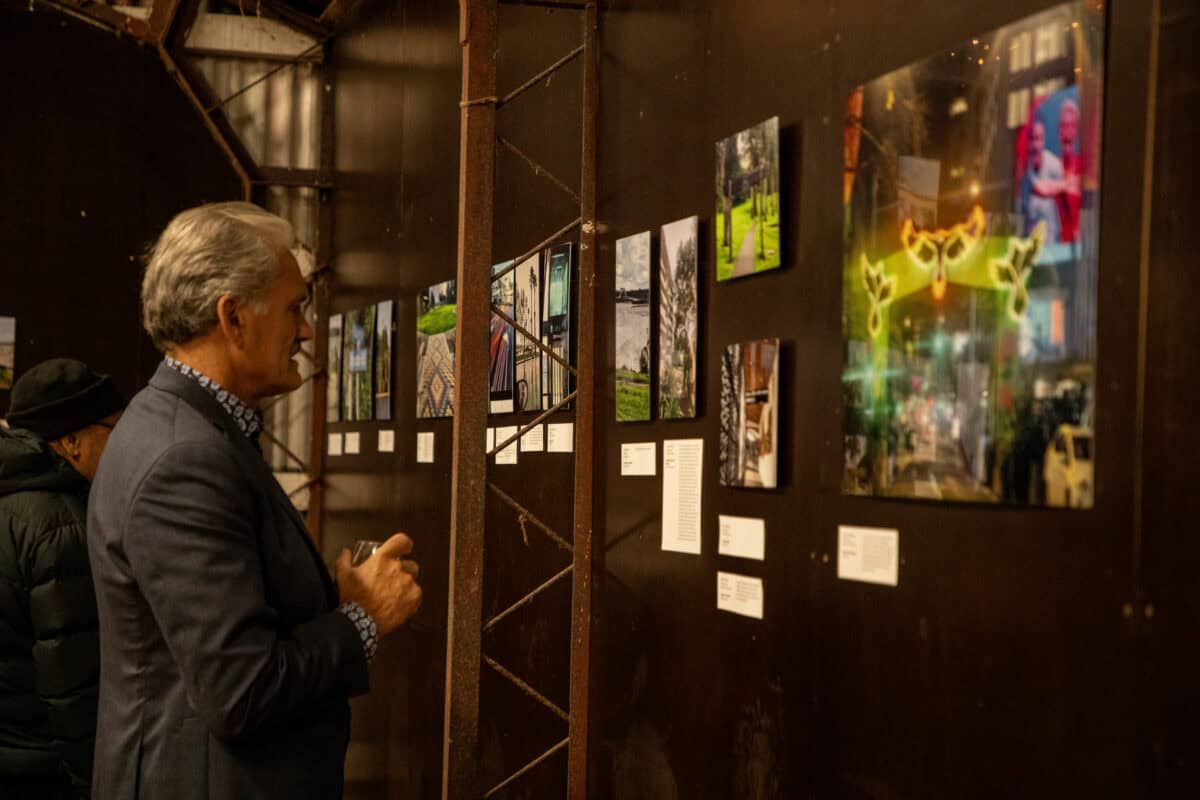
The intergenerational aspect of the participants meant that some family members travelled as a group to photograph landscapes. Younger participants spoke of how much they valued the stories and kōrero that happened along the way, so that the photos represented not just the place but the journey as well. The researchers are excited that this project is inspiring rangatahi to have a say about what they want to see in their community and helping to develop capacity for future contributions to codesigned community projects.
The broad and rich array of subject matter delighted the researchers and has challenged the concept of what cultural landscapes are for mana whenua – the working definition for this concept might need to be broadened as a result of this study. A public exhibition is planned in the coming months to share more widely how these community voices are informing what constitutes equitable streetscapes in Aotearoa New Zealand.
* Photovoice is a qualitative research method used in community-based participatory research that gathers participant-taken photographs and narratives to translate experience into actionable knowledge.
